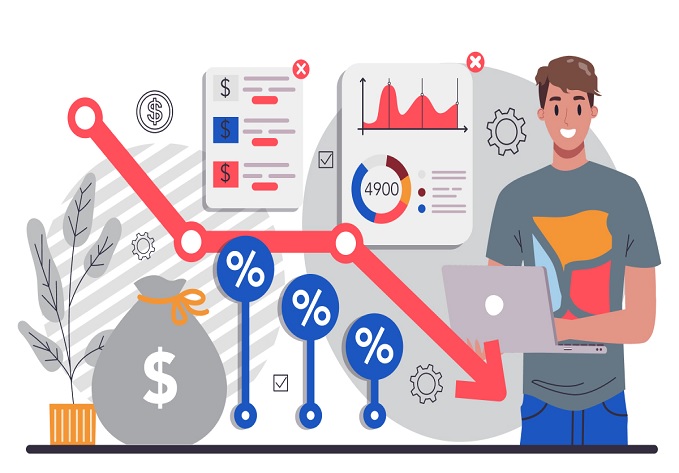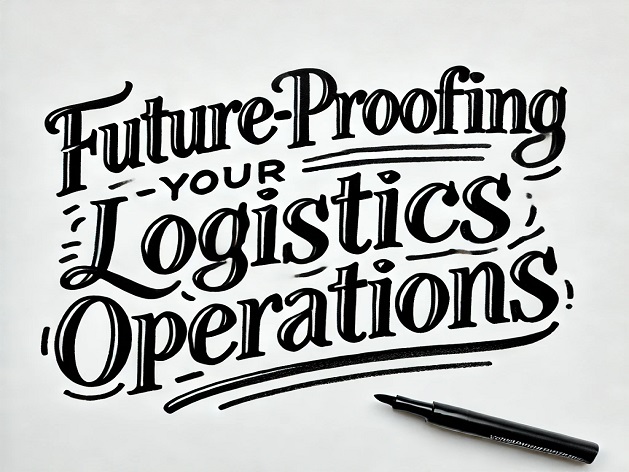In the competitive world of third-party logistics (3PL), balancing cost efficiency with high performance is a constant challenge. With supply chain dynamics changing rapidly, 3PL providers must find ways to streamline operations without sacrificing service quality. This article explores key tactics that can help reduce costs while maintaining optimal performance.
1. Leverage Technology and Data Analytics for Process Automation
One of the most powerful strategies for reducing costs in a 3PL environment is through advanced technology integration and data analytics. By implementing robust Warehouse Management Systems (WMS), Transportation Management Systems (TMS), and automated processes, 3PL providers can significantly improve operational efficiency, reduce errors, and cut labor costs. However, going beyond basic automation is where real savings and performance optimization occur.
Current Trends:
- Data Analytics and Order Flow Optimization:
Harnessing data analytics allows for the fine-tuning of order flow and inventory management, leading to enhanced forecasting accuracy and better decision-making. Understanding key statistical trends, such as order frequency, seasonality, and lead times, can help 3PLs tailor their services to the specific needs of each customer. Predictive analytics enables proactive inventory adjustments, reducing both stockouts and excess inventory, which translates to lower carrying costs and improved cash flow. - Electronic Data Interchange (EDI) and API Integration:
Integrating customer orders electronically through systems like Electronic Data Interchange (EDI) or API-based connections allows for real-time order processing. This not only accelerates order fulfillment but also minimizes manual data entry, reducing the likelihood of errors. With this integration, 3PL providers can maintain higher accuracy in their operations while simultaneously increasing order speed, enhancing overall customer satisfaction. - Automated Shipping Systems:
In the shipping domain, automation can have a profound impact on cost efficiency. Automated systems for package dimensioning, weight calculation, and rate and route optimization streamline the shipping process, eliminating the need for manual interventions. These systems can instantly calculate the most cost-effective and timely shipping methods based on real-time data, lowering shipping costs and ensuring faster delivery times. Leveraging multi-carrier software can further enhance flexibility and provide the most competitive shipping rates.
2. Optimize Warehouse Layout and Space Utilization
Efficient warehouse layout and space utilization are key to reducing operational costs in a 3PL environment. A well-organized warehouse minimizes travel time for order pickers, reduces labor costs, and accelerates order fulfillment. However, beyond optimizing space, there are strategic tactics that can further enhance both cost savings and operational efficiency.
Current Tactics:
- Collaborative Inventory Management to Minimize Dead Stock:
Working closely with customers to optimize their inventory can significantly reduce dead stock, which is costly to store and offers no return on investment. Since 3PL providers typically profit from inventory turnover, encouraging clients to adopt practices such as demand-driven replenishment and seasonal inventory forecasting helps to ensure that only fast-moving, relevant stock occupies valuable warehouse space. This proactive approach not only enhances customer satisfaction by improving stock efficiency but also increases warehouse revenue through higher inventory turns. - Strategic Picking Space Organization:
A well-organized picking area is essential to decreasing order processing times and reducing labor costs. By analyzing order trends, 3PL providers can create custom pick zones tailored to each customer’s needs. Frequently picked items should be stored in highly accessible locations close to the main activity zones, while slower-moving or rarely picked items can be placed in less accessible areas further away. This strategy, known as “Slotting Optimization,” reduces travel time for pickers, speeds up fulfillment processes, and enhances overall operational efficiency.
3. Implement Lean Practices
Lean practices, derived from manufacturing, can be applied to 3PL operations to minimize waste and improve efficiency. A focus on eliminating non-value-added activities, such as unnecessary movement of goods or excess inventory, helps maintain performance without incurring extra costs.
Key Strategies:
- Just-In-Time (JIT) Inventory: JIT reduces the need for large stockpiles of inventory, lowering storage costs while ensuring timely order fulfillment.
- Kaizen: Continuous improvement through small, incremental changes can significantly optimize processes over time, leading to cost savings and efficiency gains.
4. Outsource Non-Core Functions
Outsourcing certain functions to specialized providers can help 3PLs focus on their core competencies while reducing operational costs. Non-core activities such as Temp staffing, lumpers, IT support, maintenance, and HR functions can be managed more efficiently by external providers.
5. Invest in Employee Training
A well-trained workforce is an invaluable asset for 3PL operations. By investing in continuous training, companies can improve employee productivity, reduce mistakes, and lower the costs associated with rework or delays.
Training Focus:
- Safety and Compliance: Reducing workplace accidents and ensuring compliance with regulations can prevent costly disruptions.
- Efficiency Techniques: Training workers on best practices for order picking, packing, and shipping can lead to faster turnaround times and lower labor costs.
7. Enhance Supplier Relationships
Building strong relationships with suppliers can result in better terms, discounts, and improved supply chain performance. Working closely with vendors to forecast demand, manage inventory, and coordinate shipments can lead to cost savings for both parties.
Current Best Practices:
- Collaborative Planning, Forecasting, and Replenishment (CPFR): By working together with suppliers, 3PLs can optimize inventory levels and reduce the risk of overstock or stockouts.
- Supplier Performance Metrics: Regularly reviewing supplier performance can help identify opportunities for improvement, leading to cost reductions through better efficiency and coordination.
8. Sustainability as a Cost-Saving Strategy
Sustainability initiatives not only benefit the environment but can also lead to significant cost savings. Reducing energy consumption, optimizing packaging, and minimizing waste are all ways to lower operational expenses in a 3PL environment.
Sustainable Tactics:
- Energy-Efficient Lighting and HVAC Systems: Retrofitting warehouses with LED lighting and upgrading to energy-efficient HVAC systems can reduce energy bills.
- Eco-Friendly Packaging: Using recyclable or reusable packaging materials can lower costs associated with waste disposal and appeal to eco-conscious customers.
Conclusion
Effective cost reduction in a 3PL environment requires a combination of technology, lean practices, strategic partnerships, and continuous improvement. By focusing on these key tactics, 3PL providers can reduce expenses while maintaining high performance, positioning themselves for long-term success in an increasingly competitive market.


